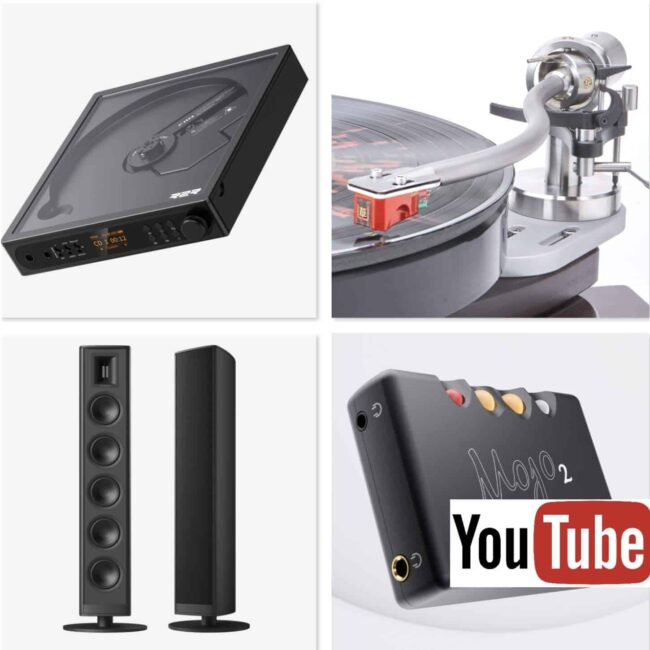The Article
X2 B TURNTABLE FROM PRO-JECT
27th September 2023
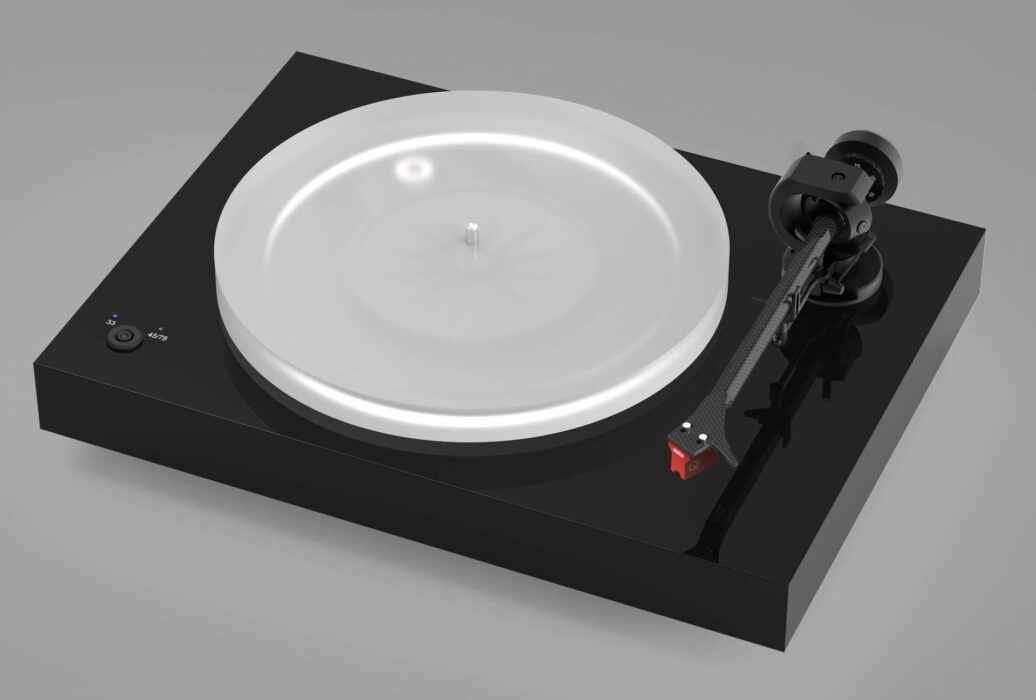
It’s a turntable but with a twist. This one can be connected in balanced mode. Paul Rigby asks, is it worth it or is it a fancy gimmick?
The original X2, weighing in at 10kg, is a rather mature turntable, released a few years ago now. But this new iteration adds an important tweak.
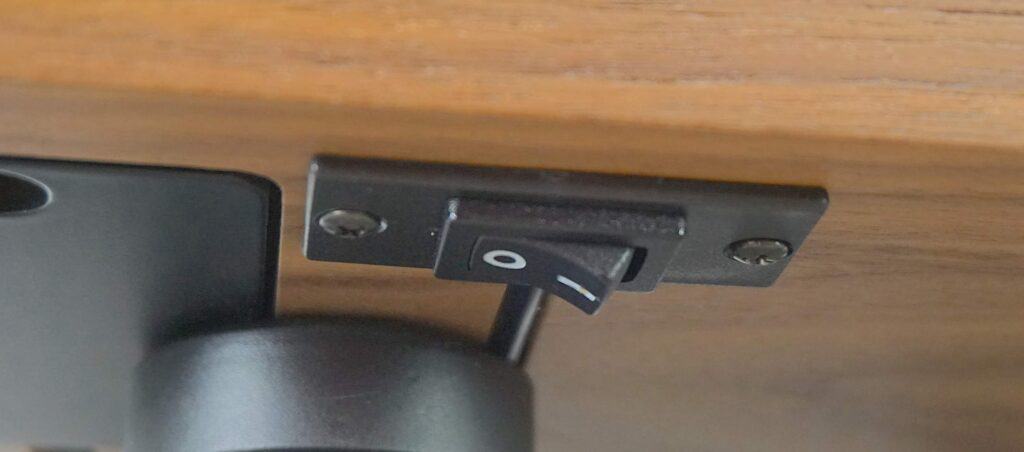
The basic X2 belt-driven design offers three-speeds (it includes a round belt supplied specifically for 78rpm play). The X2 B switches on via a hidden rocker switch underneath the front-left portion of the plinth. A push-button speed controller is situated above.
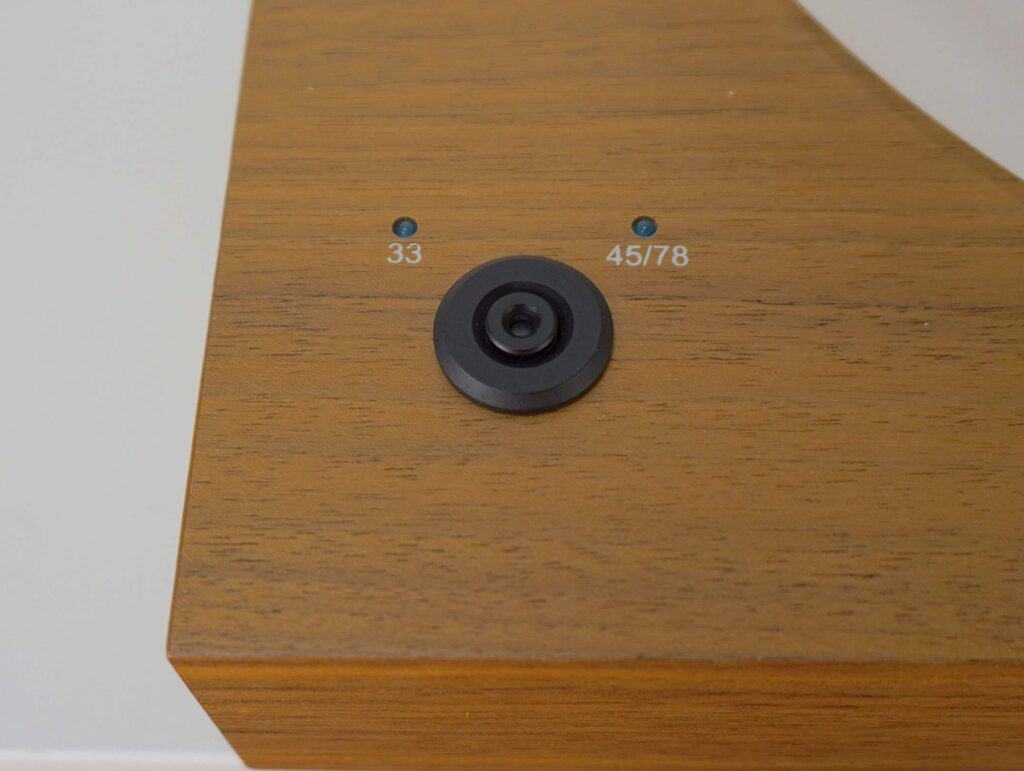
The motor is isolated from the plinth using a TPE rubber band arrangement which is intriguing yet quite effective. On top of that is a sub platter that holds your belt of choice. On top of that sits the substantial acrylic main platter.
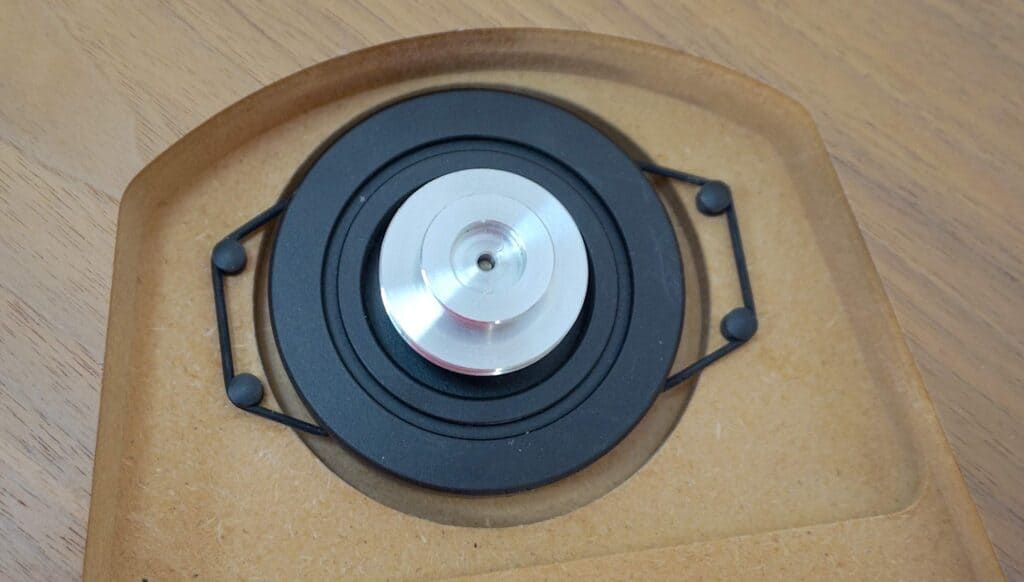
To the right is an aluminium tonearm base sporting a one-piece, 9” carbon fibre/aluminium mix tube. If you compare this tube to the company’s own X1, for example, you will note that it’s a touch wider. A Connect-E phono cable – a cable I approve of, incidentally – is supplied in the box.
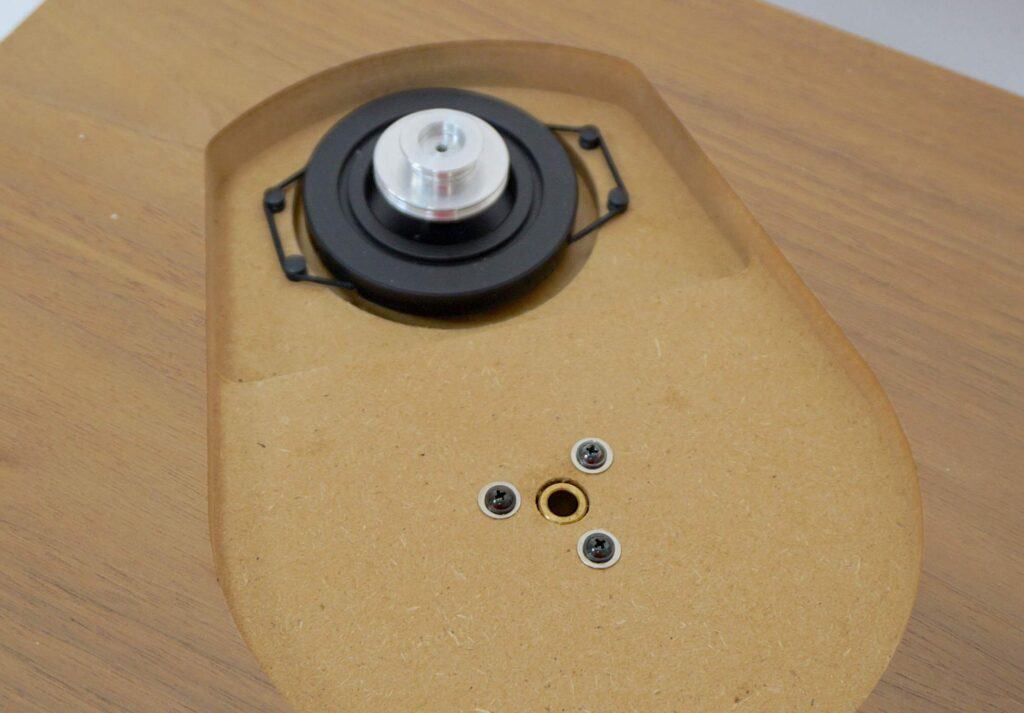
I noted that the tonearm rests in its cradle and is fixed there magnetically. Which is ideal for the security of your arm. I don’t know how many tonearm cradles I’ve reviewed in the past that just look to pop out the tonearm onto the plinth or platter at a moment’s notice.
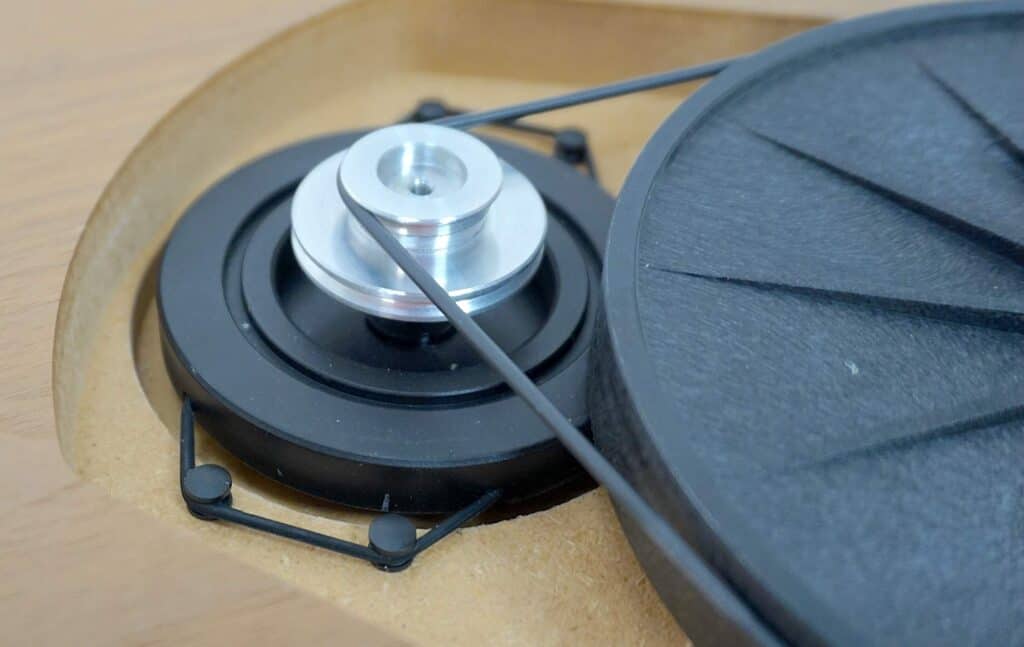
As for the cradle magnet itself? Well, I did wonder if the magnet might influence the turntable and/or the cartridge in some way but I think the distance from magnet to those parts should be sufficient not to produce any noticeable issues.
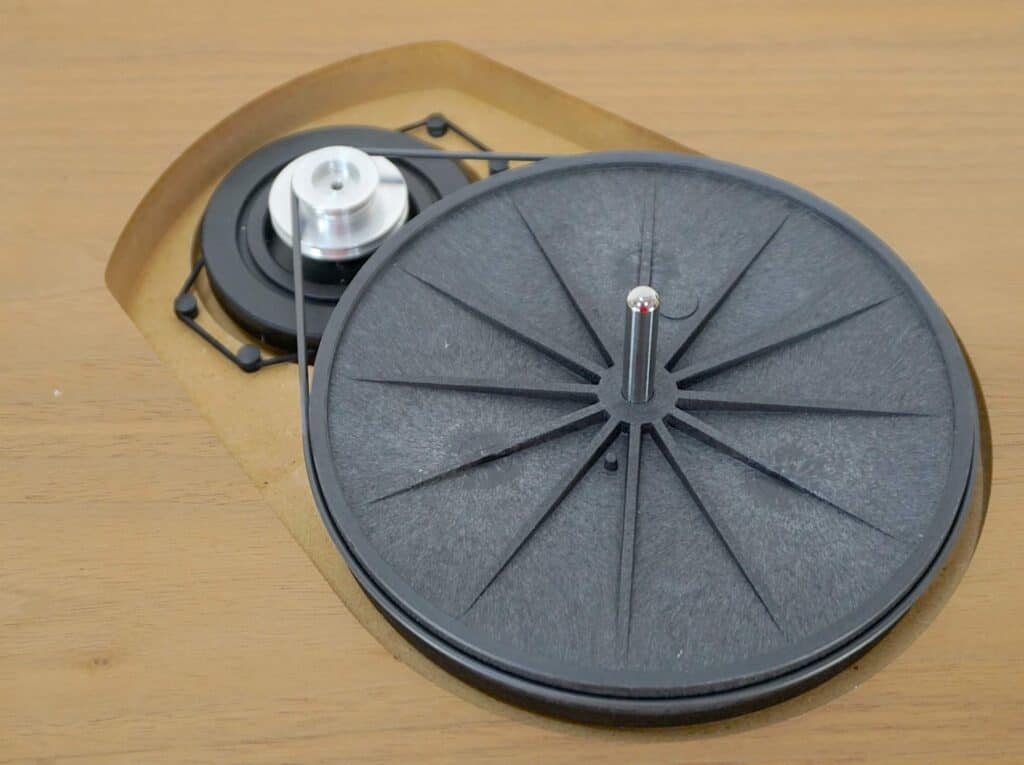
The X2 normally arrives with a Pick-It 2M Silver moving magnet cartridge. The X2 B that I have here to review, arrives with a moving coil, Quintet Red from Ortofon, which is priced at £319 or €349 or $399.
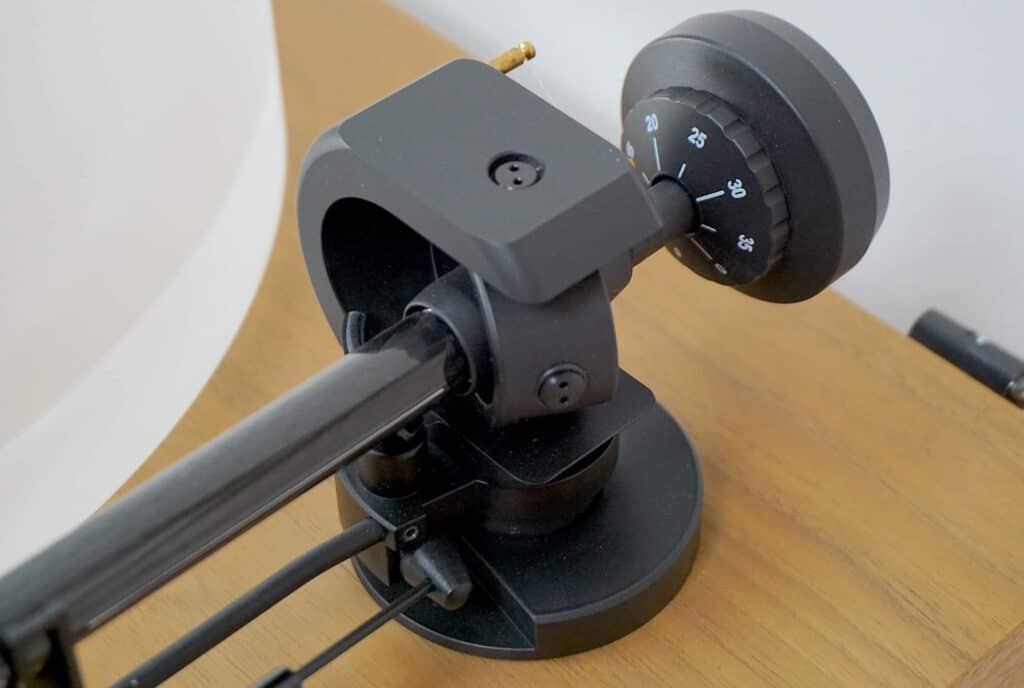
As you may have already guessed, the new X2 B is a development of the original X2, bringing the X2 up to balanced status. So the rear of the turntable offers both single-ended and mini-XLR balanced sockets. This means that you can plug the turntable into a balanced phono amplifier and then to a balanced amplifier to keep a balanced signal right from the stylus tip of your cartridge. That’s why moving coil is utilised here, because that tech is inherently balanced.
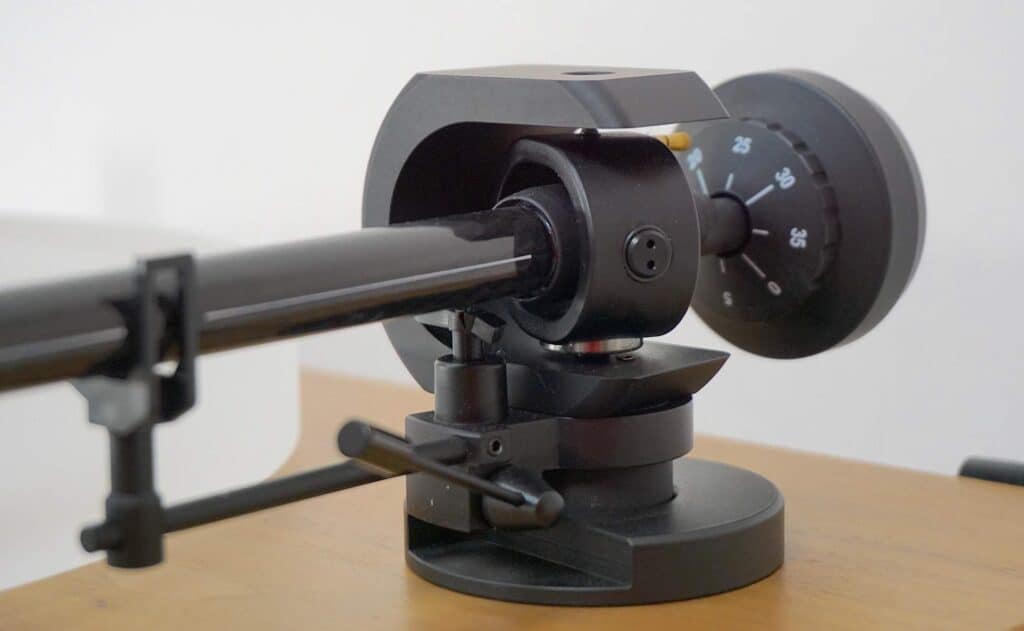
Finish options include walnut or gloss black or white.
As I say, this turntable can be run in single-ended mode and balanced mode. To test the turntable, it would therefore be ideal to have a known quantity phono amplifier that can handle both modes: single ended and balanced. The phono amplifier is a critical component when using this turntable and remains so for any review.
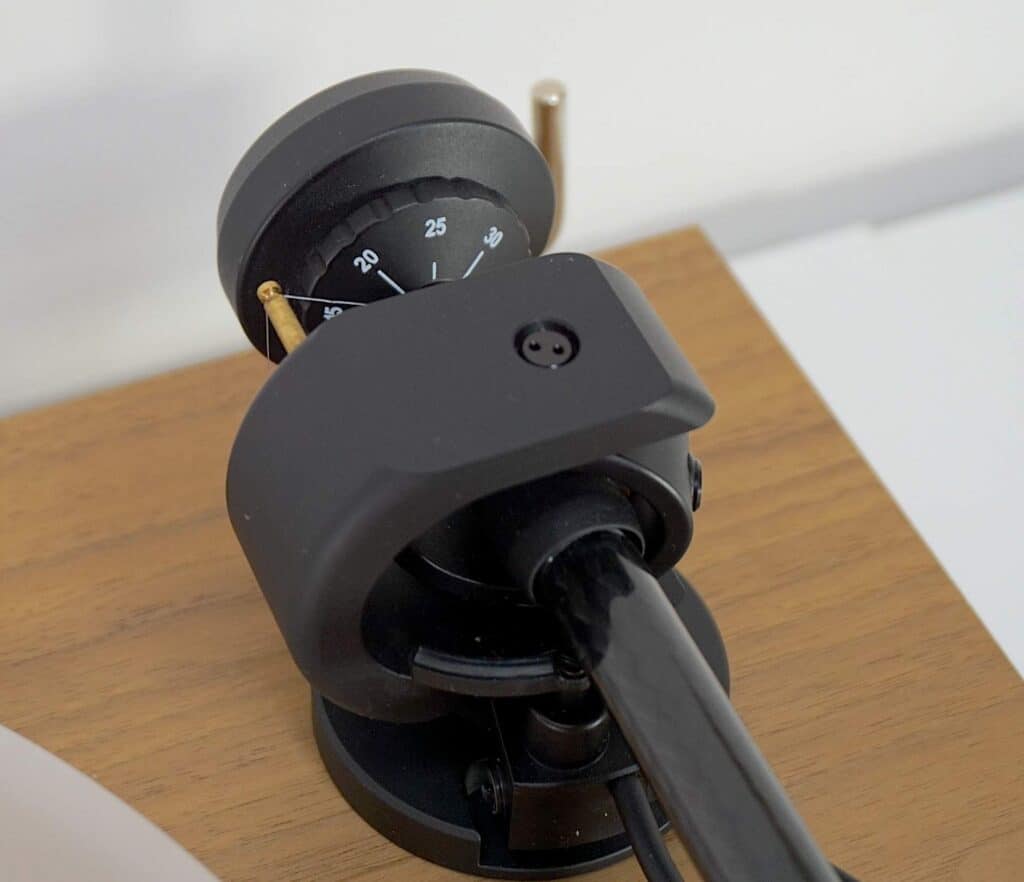
And that is why I reviewed the Musical Fidelity M6x back in May 2023. This was all part of my evil plan. Part 1 was a review of the M6x itself. Part 2 is all about hooking the M6x to this turntable to see how the turntable itself performs. If you want to check out that M6x review, click this link.
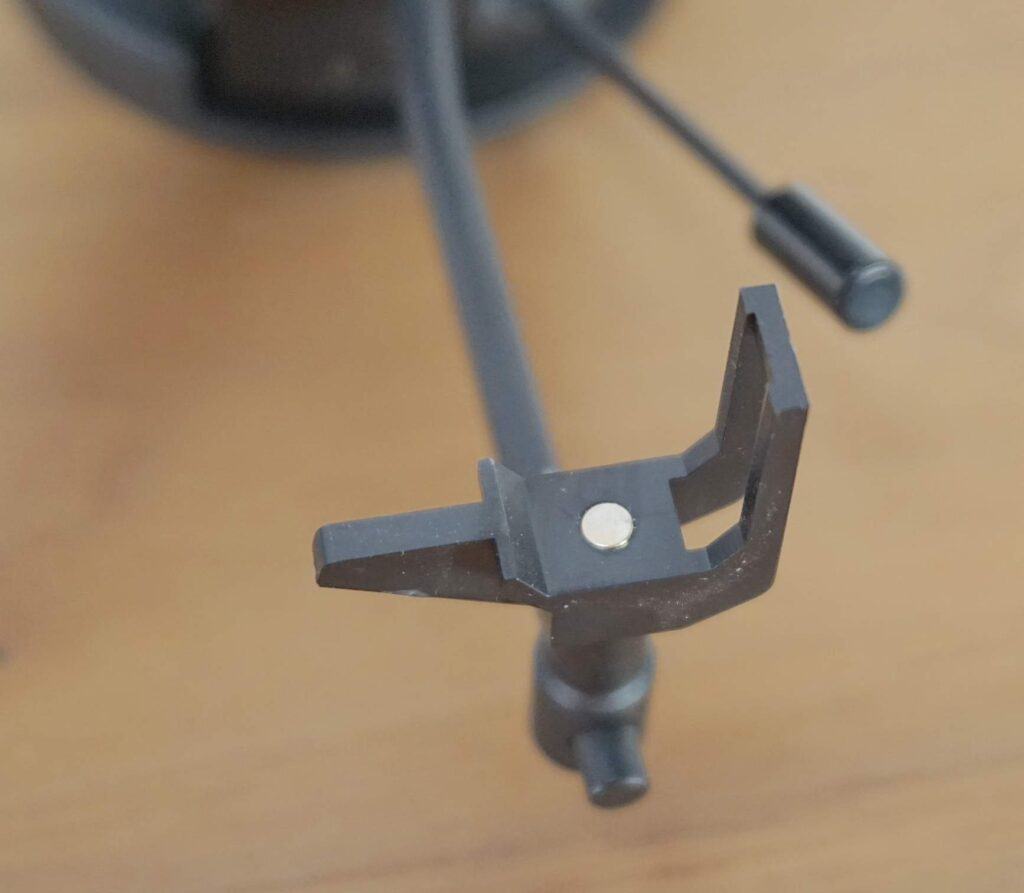
As for the rest of my evil plan? One day, you will open a packet. You will note that all the M&Ms will be red. Then. Then you will know.
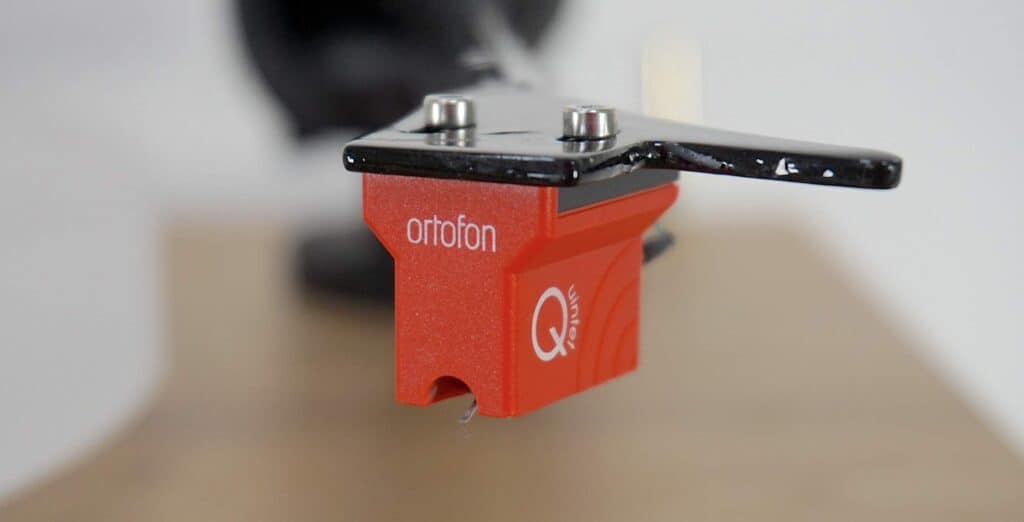
Until that glorious time? Let’s stick with the turntable. How does this phono amplifier sound?
SOUND QUALITY
The balanced mode on this turntable is the headline feature but I didn’t want to test that first. Firstly, I wanted to take journey towards that point to gain a measure of the turntable on a wider level.
So I began by testing it in single-ended mode in comparison with the lower-cost Pro-Ject EVO and the similarly-priced Michell TecnoDec, with and without the Quintet cartridge.
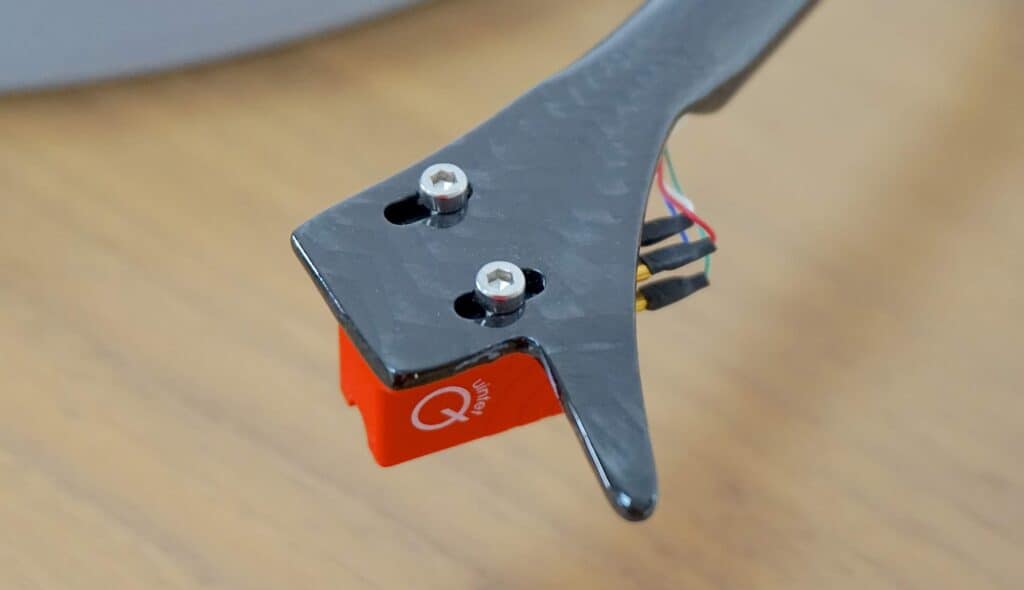
On the platter, I played Japan’s so-called live outing Oil on Canvas and the song Sons of Pioneers. This is a pretend live track. Only the drums were ‘live’, everything else was dubbed in the studio and given a live wash. Hence, this is a wholly compromised track in sonic terms. So any turntable has a job to get a good translation from this mix.
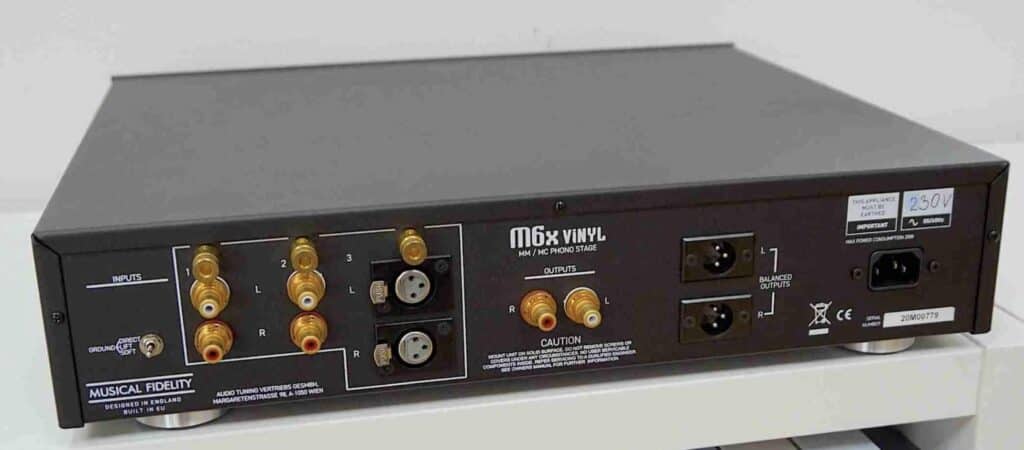
Now I already know – as you will if you’ve seen the review – that the M6x phono amplifier, in single-ended mode, is not neutral. It leans towards the edge of upper frequencies. In midrange terms, the M6x likes to play on the train tracks, it likes to flirt with danger. Nothing nasty, you understand, but you can hear the sound moving towards that point.

The X2 B noted that movement but never accentuated that sound. It never helped to push the mids to a clipping, harder edge. That was a good sign. That is, the X2 B was speaking truths here. It was describing the sound, telling you ‘like it is’. There was no sugar coating here. It never exaggerated the story. Again, this kind of feedback was a positive response in my book.
HIGH-END SINGLE ENDED
And before we move to the balanced side, I wanted to give single-ended mode a chance to shine, to see how far it could be pushed. So instead of struggling with the slightly skewed sound output from the single-ended mode of the M6x, I quickly hooked up the X2B turntable to my high-end Icon Audio PS3 MK.II, two-box phono amplifier which is open, detailed and balanced to a ’t’. And played the same vinyl disc.
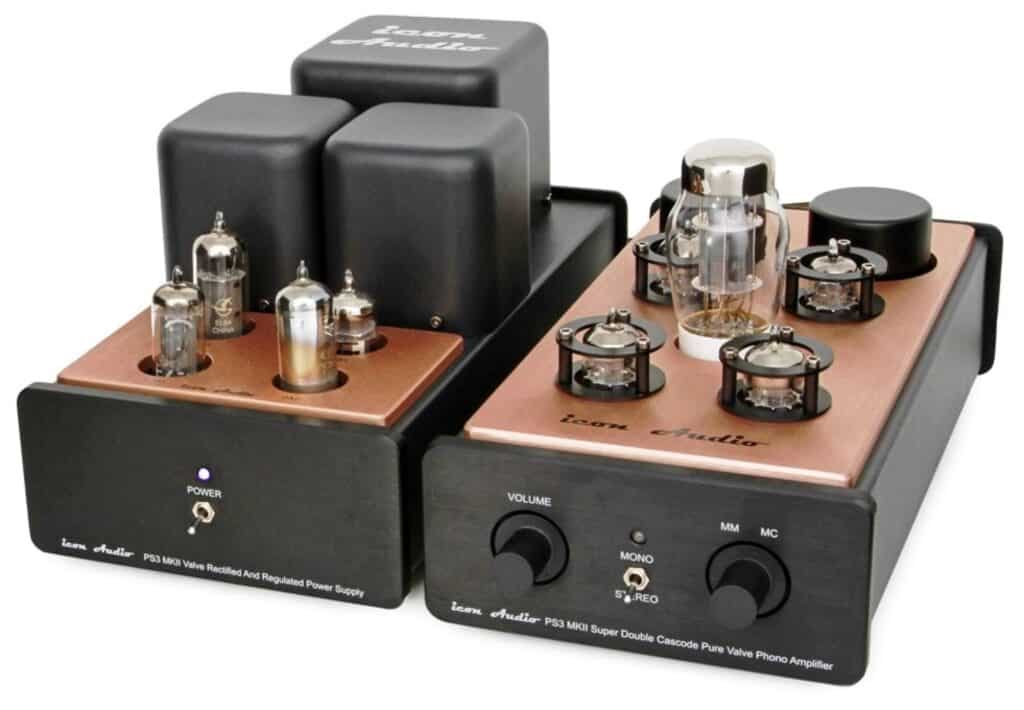
In this, higher-end configuration, the X2 B flourished. More air and space in and around the midrange, treble was articulate but also fragile, there was also a greater sense of focus from the vocals.
So there was evidence of extra capacity from the X2 B in single-ended mode. Evidence that future, tweaky upgrades to the turntable itself would be worth the effort.
OH, THE TENSION
That said, there was a wrinkle in single-ended play. The mids sounded fairly balanced, almost neutral but something was getting in the way. The music sounded…tense. As if touch of compression was being added. Compression that shouldn’t be there. I could hear this irritation more via the open and airy Icon Audio phono amplifier. And it wasn’t the Icon’s fault either.
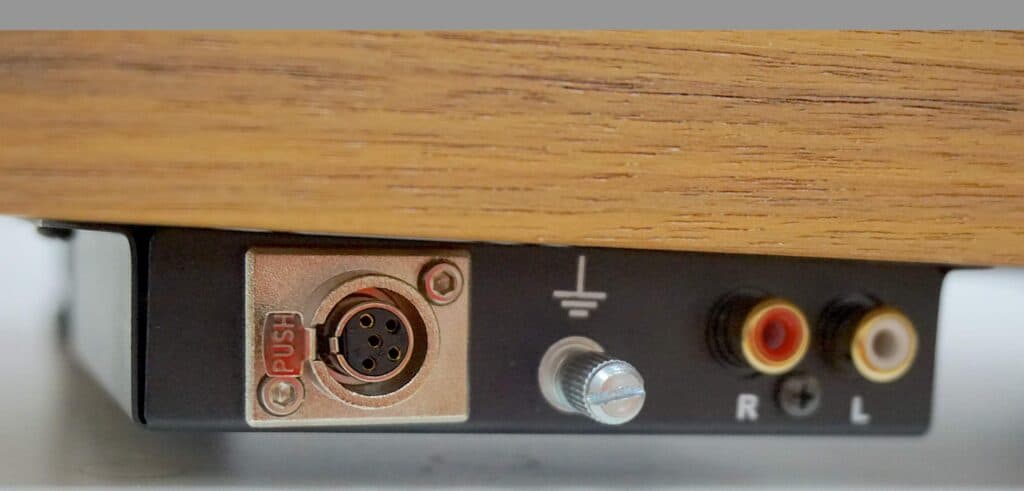
I struggled with this point for a while until I looked at the platter for the tenth time. And I finally saw what was hidden in plain view. The X2 B has an acrylic platter. But in the box – well, in my box – you’re also given a felt mat. That was on the platter.
If you have an acrylic platter, you shouldn’t place a mat on top of it. Otherwise you fight it. You fight what the platter does best, draining vibration to lower the noise floor.

So I binned the platter mat and, would you believe it? The soundstage relaxed for the first time. Midrange information pushed upwards, I especially liked the finely sculptured detail I could hear way up high in the upper midrange area, noise dropped like a stone. Focus and precision improved and that tension disappeared.
Look, I like felt mats. But at the right time and the right place. For the X2 B? It shouldn’t even be in the box. If you buy this turntable? Put your vinyl directly on to the acrylic platter. Keep the felt mat as a spare for a second turntable.
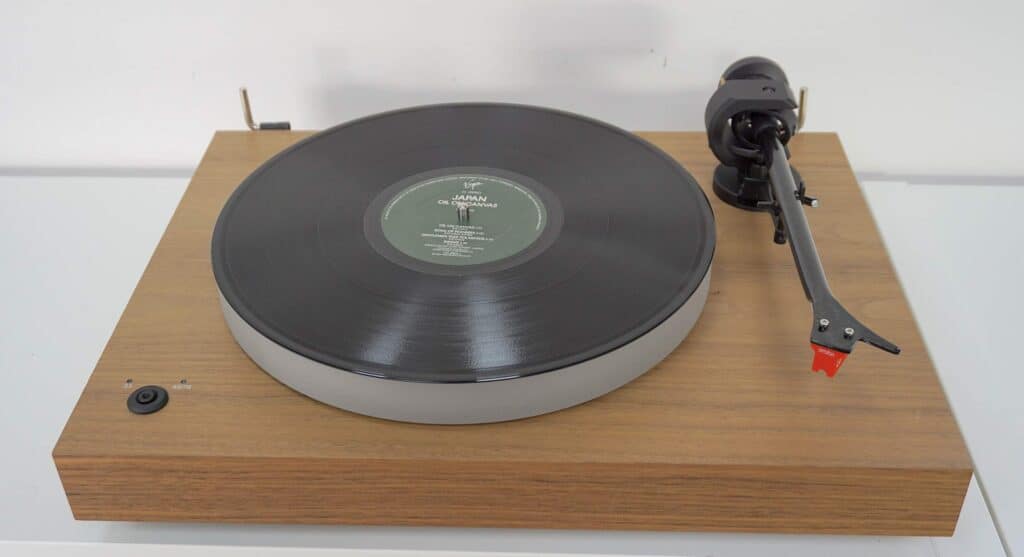
Oh and in case you’re wondering? Yes, plugging the turntable, sans felt mat, back into the M6x phono amplifier, the sound output was now much more civilised as it moved closer to the neutral point. It wasn’t all the way there but it was closer now. Bass was more precise and naturalistic now while subtle treble effects could be better tracked by the ear.
BALANCED
So what of the headline feature, balanced play? I hooked up a balanced cable, supplied by Pro-Ject, from the turntable to the M6x phono amplifier and then supplied my own balanced interconnects to run from the M6x to my pre-amp.
How did it sound? Wonderful!

Firstly, the gain shot up, which was expected in balanced mode so my pre-amp’s volume went down to compensate but it was the reduction in high-frequency noise which really hit me first.
For the first time, I now heard little pieces of vibrato from the David Sylvain vocal. Little vocal breaks and imperfections that just humanised the vocal itself, adding realism.
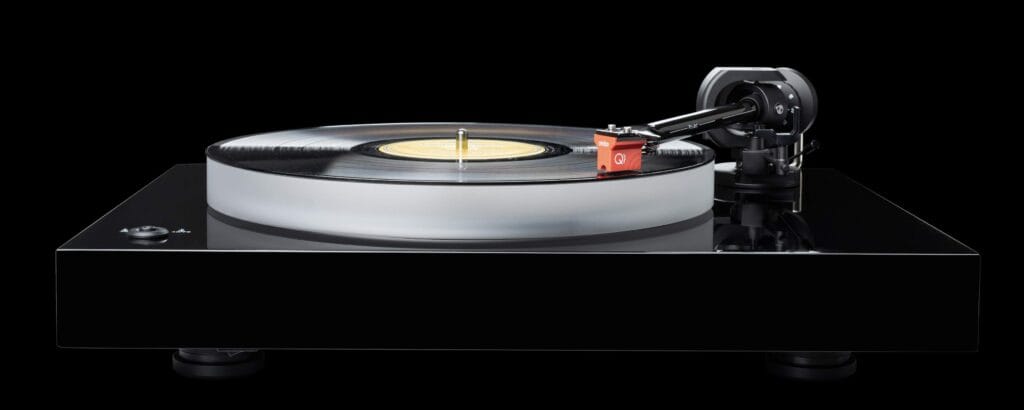
The drum sounds which were – as I say – the only live element on this track also offered heightened realism. The sense of percussive control and latent power was immense now. That is, there was a sense of restraint from drum hits. But you could also sense how much power could be accessed if the drummer gave the drums an old fashioned whack. There was so much information available to the ear now, you even had time to think of such things. This was a testament to the midrange insight and treble delicacy here.
CONCLUSION
First up? If you want to use this turntable in single-ended mode only then you can and the X2 B will work very well and you will have a whale of a time from this balanced, neutral turntable design. But really? If you buy this turntable and don’t use it in balanced mode – at least for most of the time – then you’re missing out.
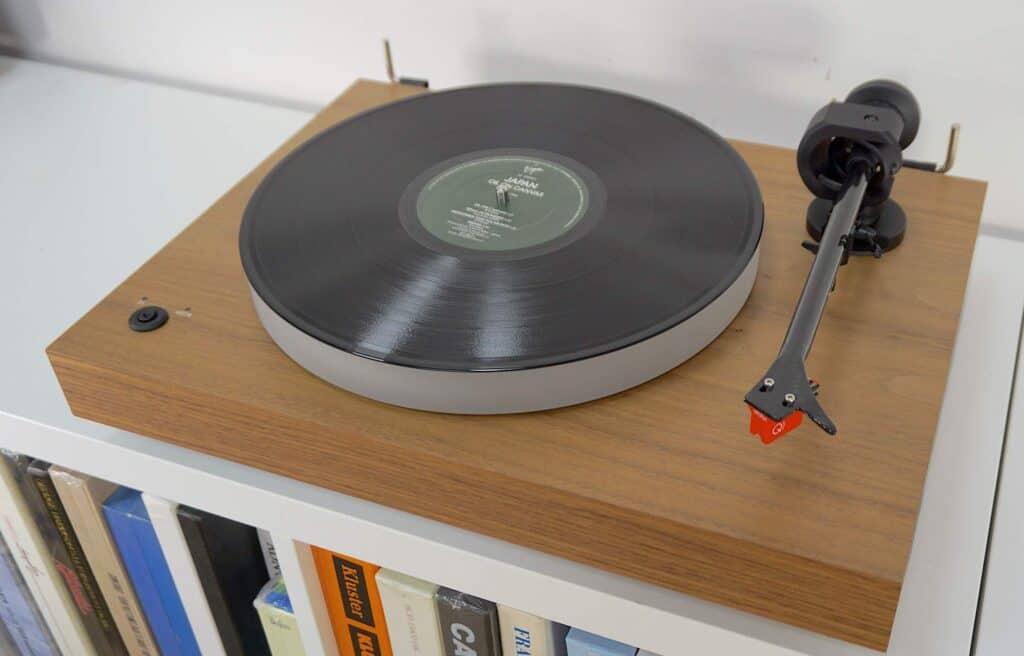
The X2 B works wonderfully with the M6x phono amplifier from Musical Fidelity. They partner very well indeed but I’m sure other balanced offerings, from Pro-Ject itself for example, would work equally as well.
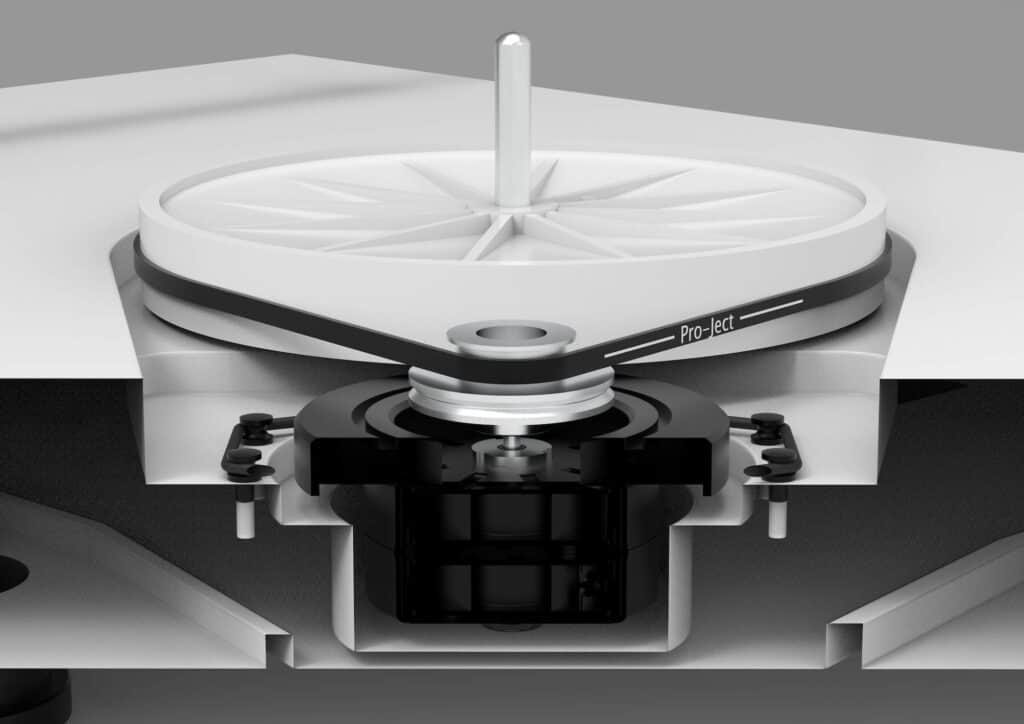
If buying both turntable and balanced phono amp together is a tough ask then what you could do is upgrade in stages. Buy the X2 B first, plug that into your current phono amp in single-ended mode, carry on saving and then, when funds allow, buy a balanced phono amp later, and then run the lot in balanced mode. At least the X2 B offers options and choices.
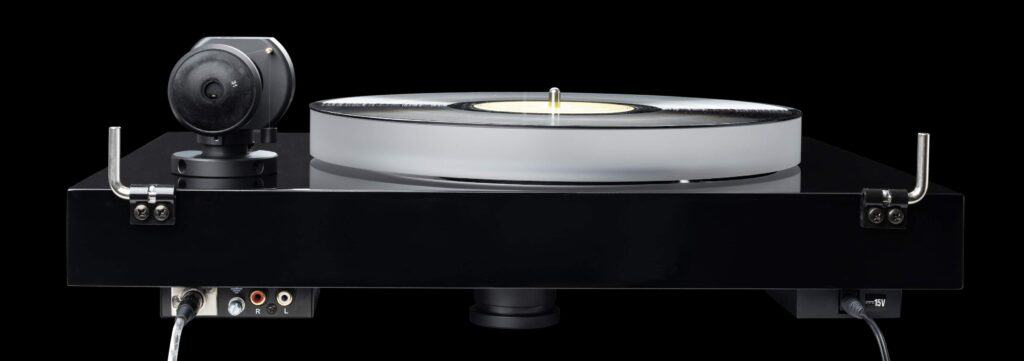
I’ve been reading up on my Egyptian history of late and I noted that Cleopatra, late Pharaoh of this parish, used to love to bathe in asses milk. I much prefer to bathe in the balanced output from an X2 B turntable.
She never knew what she was missing.
PRO-JECT X2 B TURNTABLE
Price: £1,399
Website: www.henleyaudio.co.uk
GOOD: balanced mode sound, good single-ended play, isolated motor, tonearm cradle
BAD: nothing
RATING: 8



